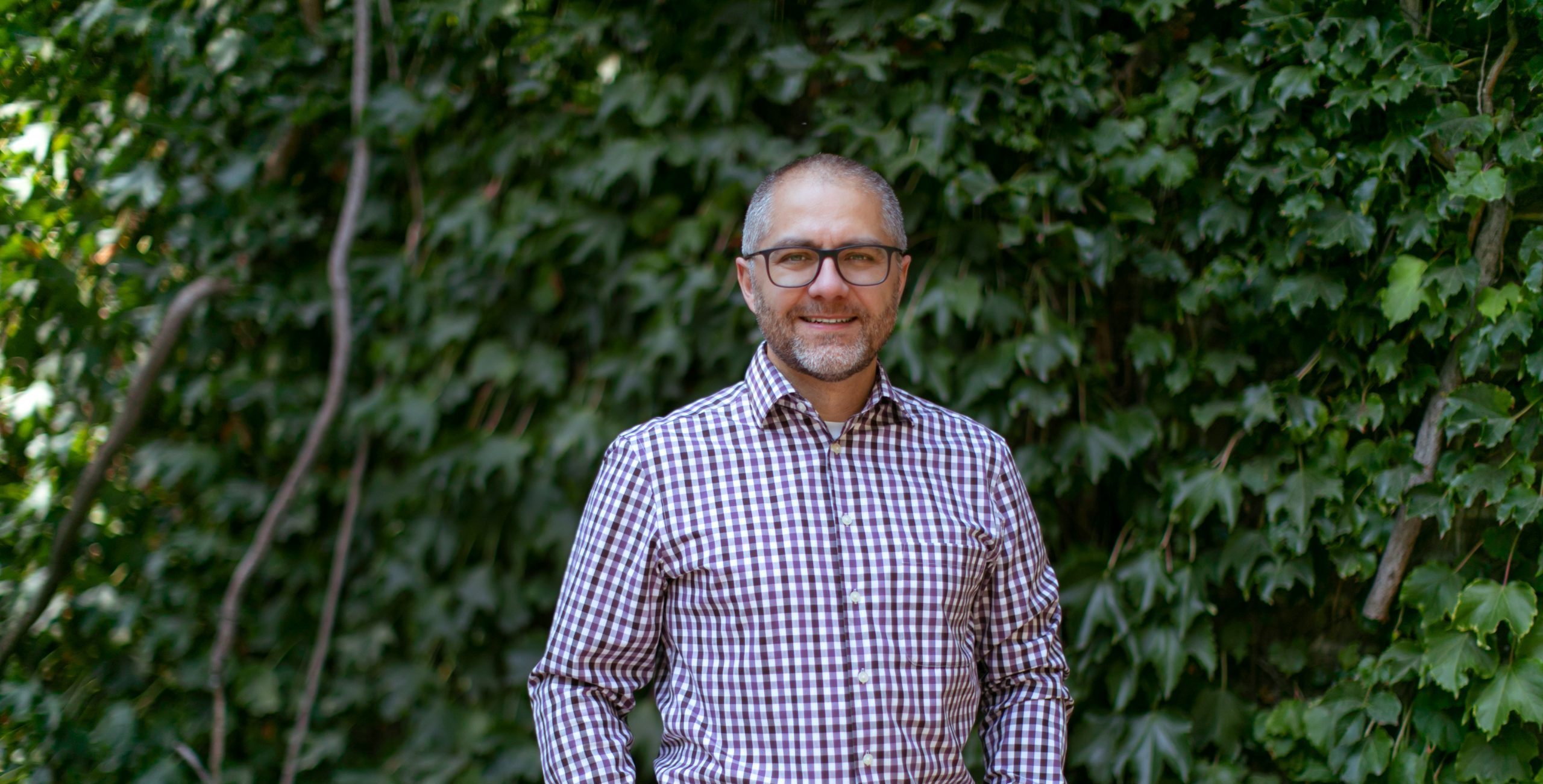‘Lunar Ambassadors: British Perceptions of Moon Samples from NASA and the USSR’ (hybrid online/in-person event)
This event is now over. View the recording below:
Event Details
Matthias Wong gave this talk on Friday 30 September 2022, 9-10:30am EDT at Georgetown University as part of the ‘History of NASA and the Environment Symposium‘, organised by the NASA History Office in collaboration with Georgetown University, the New Jersey Institute of Technology, and the D.C. Space Grant Consortium.
Abstract
Humans ascribe multiple meanings to the Moon and its material components. For proponents of lunar settlement, the Moon is a resource bank to be used to support a cislunar economy. However, as the controversy over NASA’s deposition of Eugene Shoemaker’s ashes on the Moon shows, communities like the Navajo understand the Moon as a sacred environment that should be kept untainted. This paper examines the specific meanings ascribed to the lunar samples provided to the British science community, which were returned to the Earth by NASA’s Apollo and the USSR’s Luna programmes. When the material arrived in the UK, the Royal Society took the lead in distributing them to competing scientific research organisation. Via a discourse analysis of historical material in the Royal Society’s archives, I will identify the different meanings the Society’s members attached to the lunar samples, tracing the evolution of the samples’ identities as they moved from the Moon to the USA and USSR, then onwards to the UK and its various scientific centres. Did these samples take on an alien or extraterrestrial identity? Were they seen as symbols of technological prowess, or perhaps a sign of scientific friendship across political borders? This analysis of the Royal Society’s discussions and allocation decisions will reveal how lunar samples took on and shed layers of meaning based on the historical context of the Cold War and the social context of scientific internationalism. This paper will illustrate a part of the long-running and ongoing NASA-Europe relationship, and it responds to Alexander Geppert’s call to study European astroculture as a middle ground between US and Soviet space historiography. This study on lunar material and its shifting meanings in humankind’s imagination also has additional significance in a time where state and commercial interest in the Moon is rapidly increasing.
This event is now over.





